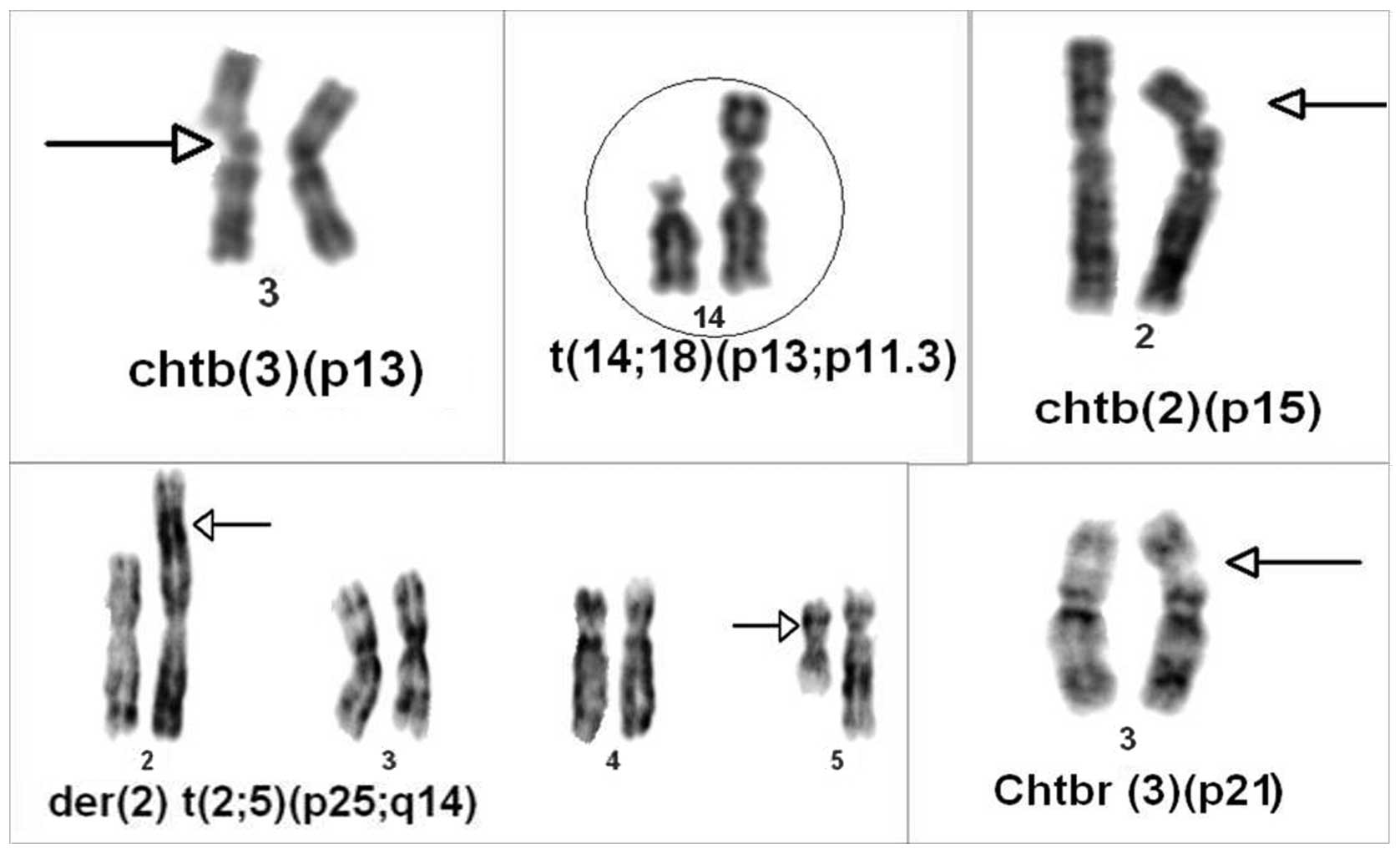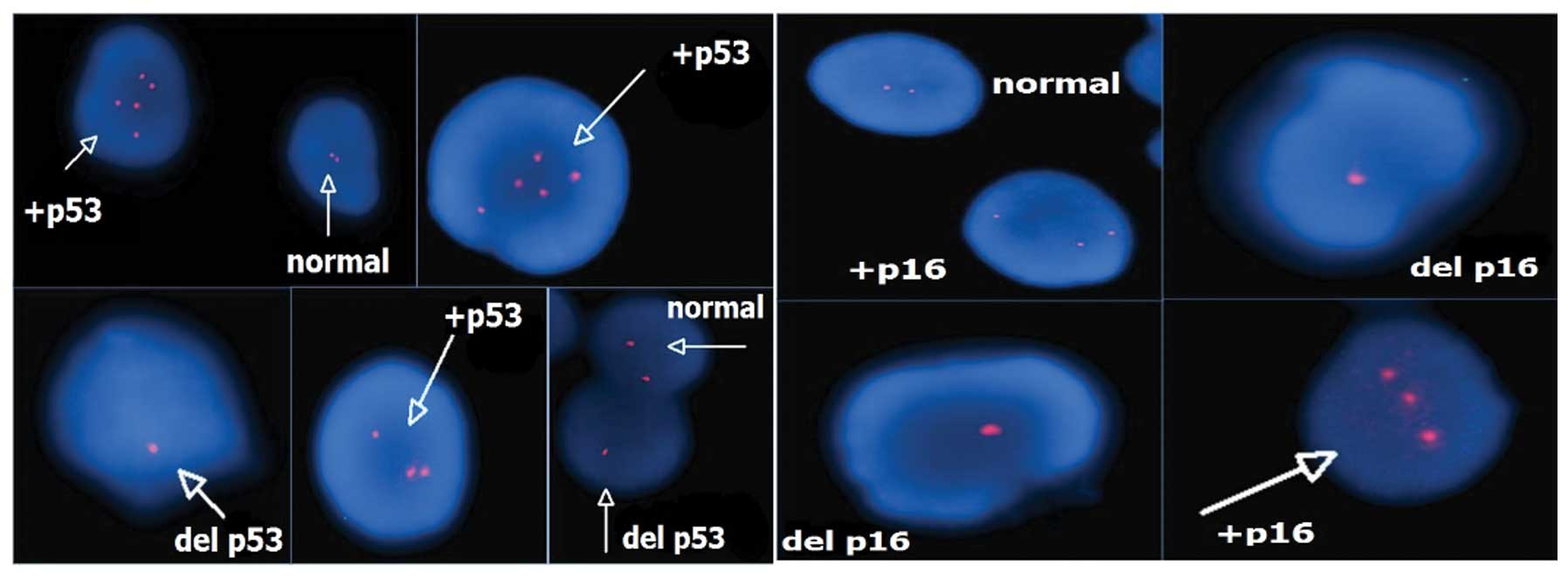|
1
|
Jemal A, Bray F, Center MM, Ferlay J, Ward
E and Forman D: Global cancer statistics. CA Cancer J Clin.
61:69–90. 2011.
|
|
2
|
Jacobs BL, Lee CT and Montie JE: Bladder
cancer in 2010: how far have we come? CA Cancer J Clin. 60:244–272.
2010.
|
|
3
|
Sullivan PS, Chan JB, Levin MR and Rao J:
Urine cytology and adjunct markers for detection and surveillance
of bladder cancer. Am J Trans Res. 2:412–440. 2010.
|
|
4
|
Vrooman OP and Witjes JA: Molecular
markers for detection, surveillance and prognostication of bladder
cancer. Int J Urol. 16:234–243. 2009.
|
|
5
|
Habuchi T, Marberger M, Droller MJ, et al:
Prognostic markers for bladder cancer: International Consensus
Panel on bladder tumor markers. Urology. 66(Suppl 1): 64–74.
2005.
|
|
6
|
Proctor I, Stoeber K and Williams GH:
Biomarkers in bladder cancer. Histopathology. 57:1–13. 2010.
|
|
7
|
Lin HH, Ke HL, Huang SP, Wu WJ, Chen YK
and Chang LL: Increase sensitivity in detecting superficial, low
grade bladder cancer by combination analysis of hypermethylation of
E-cadherin, p16, p14, RASSF1A genes in urine. Urol Oncol.
28:597–602. 2010.
|
|
8
|
Knowles MA: The genetics of transitional
cell carcinoma: progress and potential clinical application. BJU
Int. 84:412–427. 1999.
|
|
9
|
Cianciulli AM, Leonardo C, Guadagni F, et
al: Genetic instability in superficial bladder cancer and adjacent
mucosa: an interphase cytogenetic study. Hum Pathol. 34:214–221.
2003.
|
|
10
|
Eble JN, Sauter G, Epstein JI and
Sesterhenn I: WHO Classification of Tumours Pathology and Genetics
of Tumours of the Urinary System and Male Genital Organs. IARC
Press; Lyon: pp. 90–91. 2004
|
|
11
|
Fundia AF and Larripa IB: Coincidence in
fragile site expression with fluorodeoxyuridine and
bromodeoxyuridine. Cancer Genet Cytogenet. 41:41–48. 1989.
|
|
12
|
Mitelman F: ISCN: An International System
for Human Cytogenetics Nomenclature. S Karger; Basel: 1995
|
|
13
|
McAlpine PJ, Shows TB, Boucheli C, Huebner
M and Anderson WA: The 1991 catalog of mapped genes and report of
the nomenclature committee, Human Gene Mapping 11. Cytogenet Cell
Genet. 58:5–102. 1991.
|
|
14
|
Trask B and Pinkel D: Fluorescence in situ
hybridization with DNA probes. Methods Cell Biol. 33:383–400.
1990.
|
|
15
|
Junker K, van Oers JM, Zwarthoff EC, Kania
I, Schubert J and Hartmann A: Fibroblast growth factor receptor 3
mutations in bladder tumors correlate with low frequency of
chromosome alterations. Neoplasia. 10:1–7. 2008.
|
|
16
|
Wolff DJ: The genetics of bladder cancer:
a cytogeneticist’s perspective. Cytogenet Genome Res. 118:177–181.
2007.
|
|
17
|
Tommasi S, Dammann R, Jin SG, Zhang XF,
Avruch J and Pfeifer GP: RASSF3 and NORE1: identification and
cloning of two human homologues of the putative tumor suppressor
gene RASSF1. Oncogene. 18: 21:2713–2720. 2002.
|
|
18
|
Caramazza D, Hussein K, Siragusa S, et al:
Chromosome 1 abnormalities in myeloid malignancies: a literature
survey and karyotype-phenotype associations. Eur J Haematol.
84:191–200. 2010.
|
|
19
|
Ichimura Y, Habuchi T, Tsuchiya N, et al:
Increased risk of bladder cancer associated with a glutathione
peroxidase 1 codon 198 variant. J Urol. 172:728–732. 2004.
|
|
20
|
Awakura Y, Nakamura E, Ito N, Kamoto T and
Ogawa O: Methylation-associated silencing of TU3A in human cancers.
Int J Oncol. 33:893–899. 2008.
|
|
21
|
Duns G, van den Berg E, van Duivenbode I,
et al: Histone methyltransferase gene SETD2 is a novel tumor
suppressor gene in clear cell renal cell carcinoma. Cancer Res. 1:
70:4287–4291. 2010.
|
|
22
|
Angeloni D: Molecular analysis of
deletions in human chromosome 3p21 and the role of resident cancer
genes in disease. Brief Funct Genomic Proteomic. 6:19–39. 2007.
|
|
23
|
Jarmalaite S, Jankevicius F, Kurgonaite K,
Suziedelis K, Mutanen P and Husgafvel-Pursiainen K: Promoter
hypermethylation in tumour suppressor genes shows association with
stage, grade and invasiveness of bladder cancer. Oncology.
75:145–151. 2008.
|
|
24
|
Dammann R, Schagdarsurengin U, Seidel C,
et al: The tumor suppressor RASSF1A in human carcinogenesis: an
update. Histol Histopathol. 20:645–663. 2005.
|
|
25
|
Dallosso AR, Hancock AL, Szemes M, et al:
Frequent long-range epigenetic silencing of protocadherin gene
clusters on chromosome 5q31 in Wilms’ tumor. PLoS Genet.
5:10007452009.
|
|
26
|
Kanetsky PA, Mitra N, Vardhanabhuti S, et
al: Common variation in KITLG and at 5q31.3 predisposes to
testicular germ cell cancer. Nat Genet. 41:811–815. 2009.
|
|
27
|
Nakazawa K, Murata S, Yuminamochi T, et
al: p16(INK4a) expression analysis as an ancillary tool for
cytologic diagnosis of urothelial carcinoma. Am J Clin Pathol.
132:776–784. 2009.
|
|
28
|
Chang LL, Yeh WT, Yang SY, Wu WJ and Huang
CH: Genetic alterations of p16INK4a and p14ARF genes in human
bladder cancer. J Urol. 170:595–600. 2003.
|
|
29
|
Krüger S, Mahnken A, Kausch I and Feller
AC: P16 immunoreactivity is an independent predictor of tumor
progression in minimally invasive urothelial bladder carcinoma. Eur
Urol. 47:463–467. 2005.
|
|
30
|
Moonen PM, van Balken-Ory B, Kiemeney LA,
Schalken JA and Witjes JA: Prognostic value of p53 for high risk
superficial bladder cancer with long-term followup. J Urol.
177:80–83. 2007.
|
|
31
|
Smith ND, Rubenstein JN, Eggener SE and
Kozlowski JM: The p53 tumor suppressor gene and nuclear protein:
basic science review and relevance in the management of bladder
cancer. J Urol. 169:1219–1228. 2003.
|
|
32
|
Malats N, Bustos A, Nascimento CM, et al:
P53 as a prognostic marker for bladder cancer: a meta-analysis and
review. Lancet Oncol. 6:678–686. 2005.
|
|
33
|
Shariat SF, Chade DC, Karakiewicz PI, et
al: Combination of multiple molecular markers can improve
prognostication in patients with locally advanced and lymph node
positive bladder cancer. J Urol. 183:68–75. 2010.
|
















